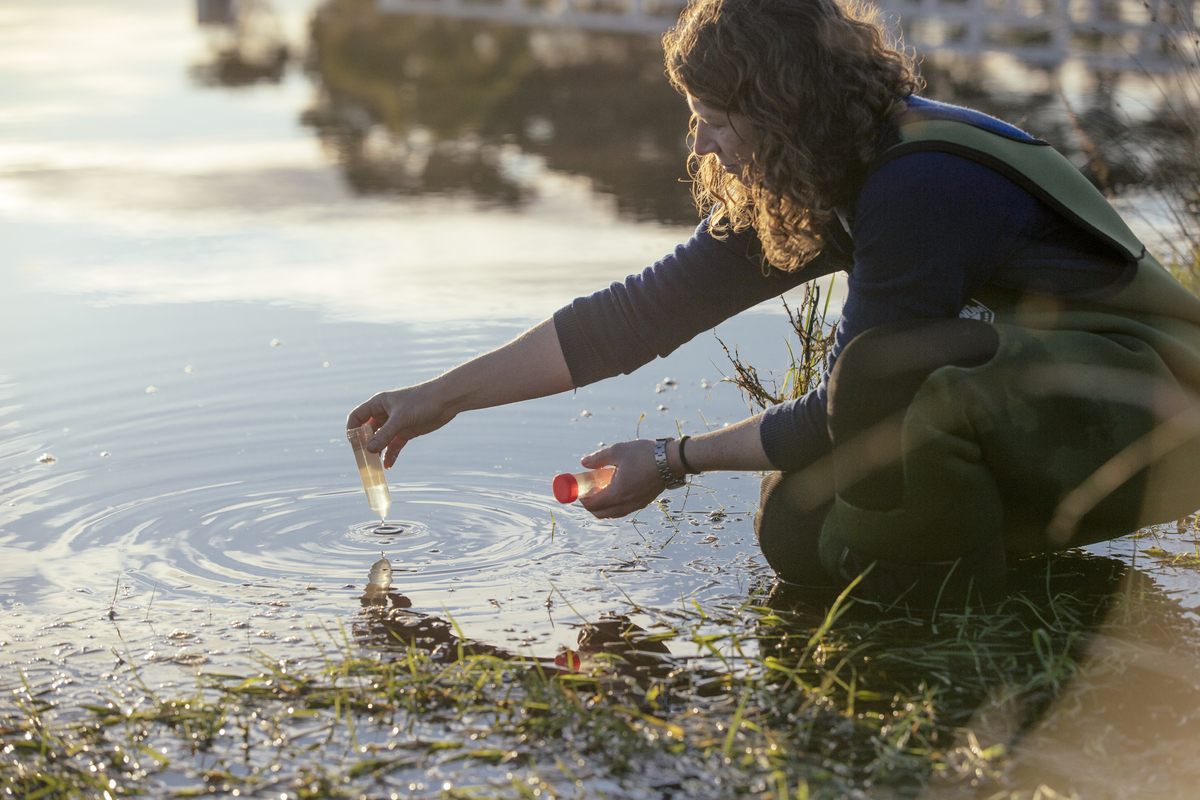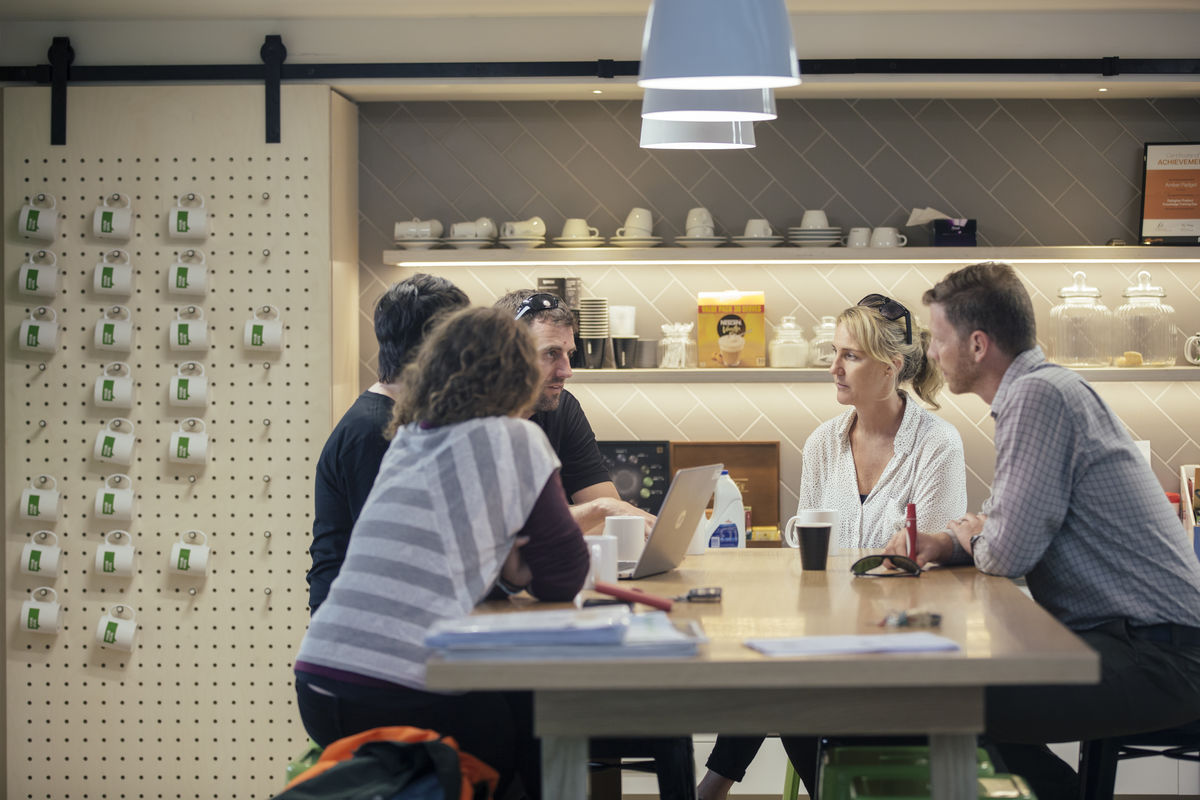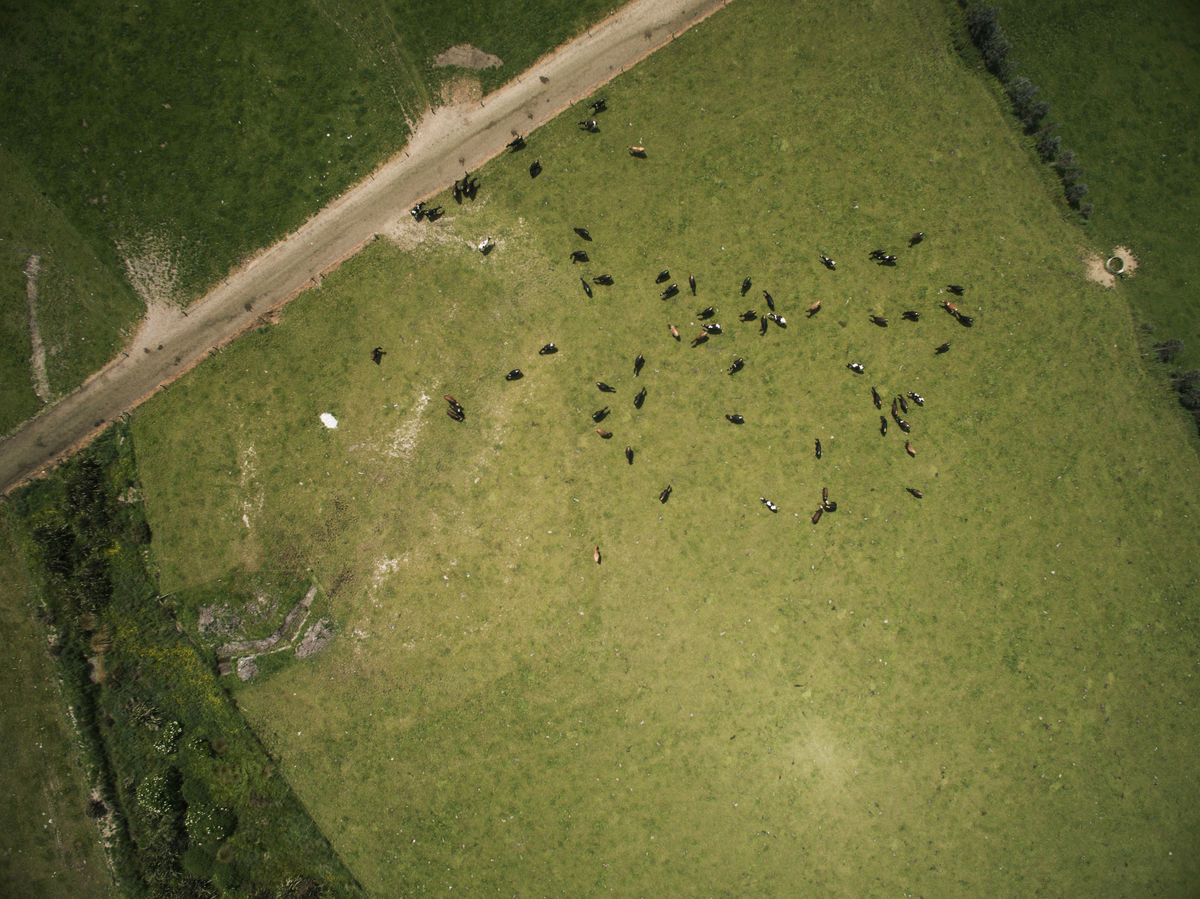

Monitoring & Evaluation Approach - Waituna Lagoon

What’s the problem?
Keeping projects on track towards achieving agreed goals can be a challenge for any organisation. The challenge can be even greater for partnerships, where multiple organisations need to work collectively to achieve their outcomes. That’s why it’s important to monitor and evaluate progress against objectives, and to understand what is happening within the partnership against a range of measures.
What is the project about?
Living Water is part of Whakamana Te Waituna, a partnership which includes Ngāi Tahu, Awarua Rūnanga, Southland District Council, Environment Southland Department of Conservation and Fonterra. The partners have been working collectively in the Waituna catchment alongside the community since 2011. The partnership has ambitious goals that rely on partner organisations working well together.
The vision of Whakamana Te Waituna is “to improve the health and wellbeing of Waituna Lagoon, its catchment and community, for the use and enjoyment of present and future generations, while recognising and providing for the traditional relationship of Ngāi Tahu with their ancestral lake/rohe”.
In 2018 the partnership received Central Government funding to enhance the role of mana whenua to exercise kaitiaki over the lagoon and catchment, to reduce nutrient pollution from the catchment and manage lagoon openings to maximise ecological health rather than simply land drainage.
Living Water has invested in a monitoring and evaluation framework to help ensure all the partners are aligned and working collectively toward the agreed outcomes. The monitoring and evaluation framework for the partnership is based on a learning and outcomes-based (or theory of change) approach to planning, managing and evaluating. Monitoring and evaluation is an essential part of determining the partnership’s success.
What has been done?
A Monitoring and Evaluation (M&E) Framework was co-designed and an Action Plan developed in 2019, which provides tools to identify what to measure, when and who is responsible. Monitoring and evaluation can take many forms. The monitoring may include measuring the outcomes of projects so the results can be compared with baseline data to see if progress has been made towards targets. In addition to measuring and assessing the outcomes of trials, organisational partnerships can be monitored and assessed to evaluate how they are working and if they are producing the desired social and cultural outcomes.

What has been achieved?
The M&E framework was both a process and a product. The development of the framework involved facilitated discussion about the system/partnership, which helped improve relationships and the understanding between individuals and organisations in the partnership. It provided an opportunity for partners to reflect and confirm the joint goals and aspirations of WTW and their roles in achieving those outcomes. The M&E document details the objectives and what needs to be measured and monitored for a robust understanding of progress and achievements. The Whakamana Te Waituna partnership members used the framework and action plan as a planning and monitoring tool throughout the work of the partnership.
Monitoring and evaluation shines a spotlight on what and how things are done and what’s being achieved. Without a monitoring and evaluation framework in place there would be no way of knowing what was or wasn’t working and why, so plans and actions can be changed to keep projects on course to achieve agreed goals.
Now that the first phase of funding for Whakamana Te Waituna has come to an end, the partners completed an evaluation of the partnership and programme of work. This information will help guide future decisions about how to work together and what actions to take next.
Who could use this information?
Organisations and individuals involved with partnerships, including regional and district councils, catchment groups, river care groups, community groups, and iwi.
Links to other resources
Living Water monitoring and evaluation
Reflecting on the past to move forward - the important role of outcomes evaluation
